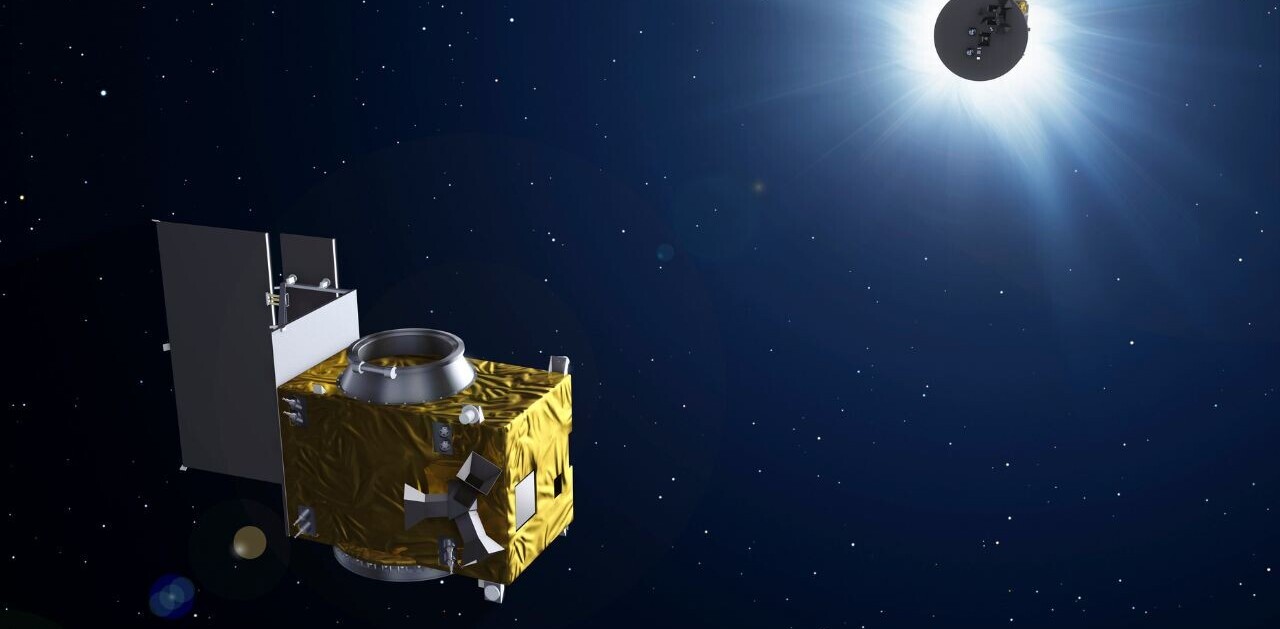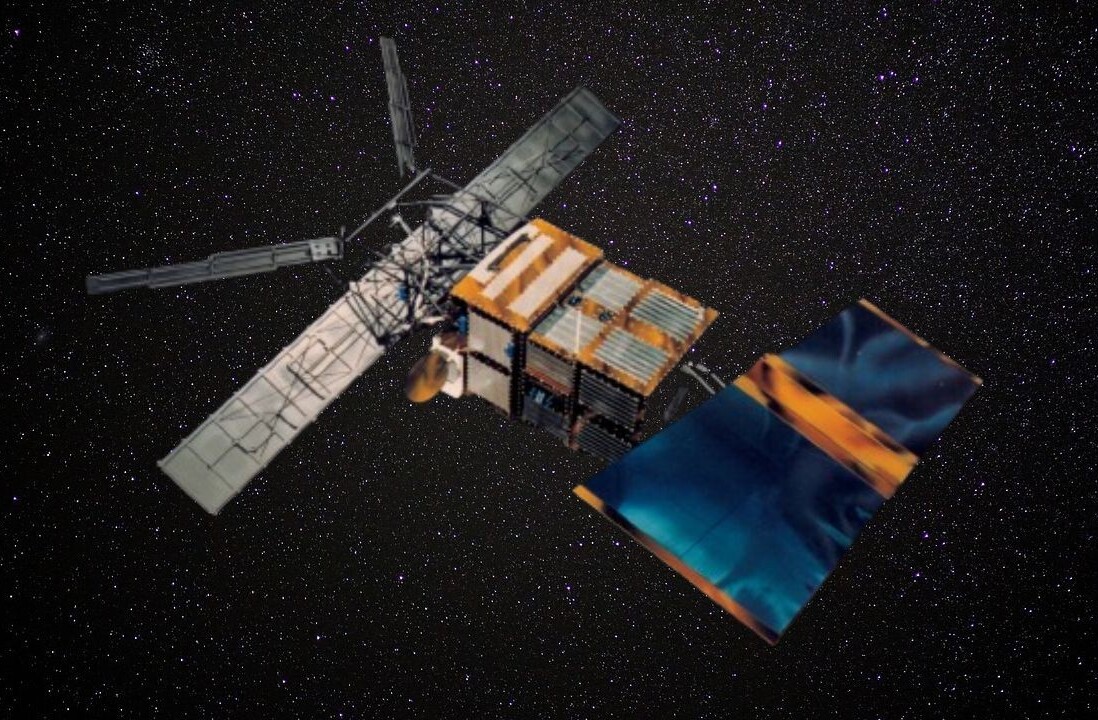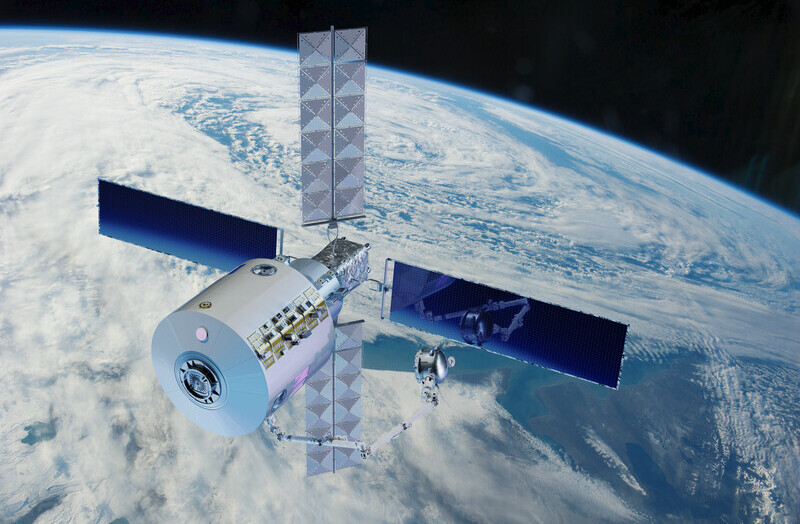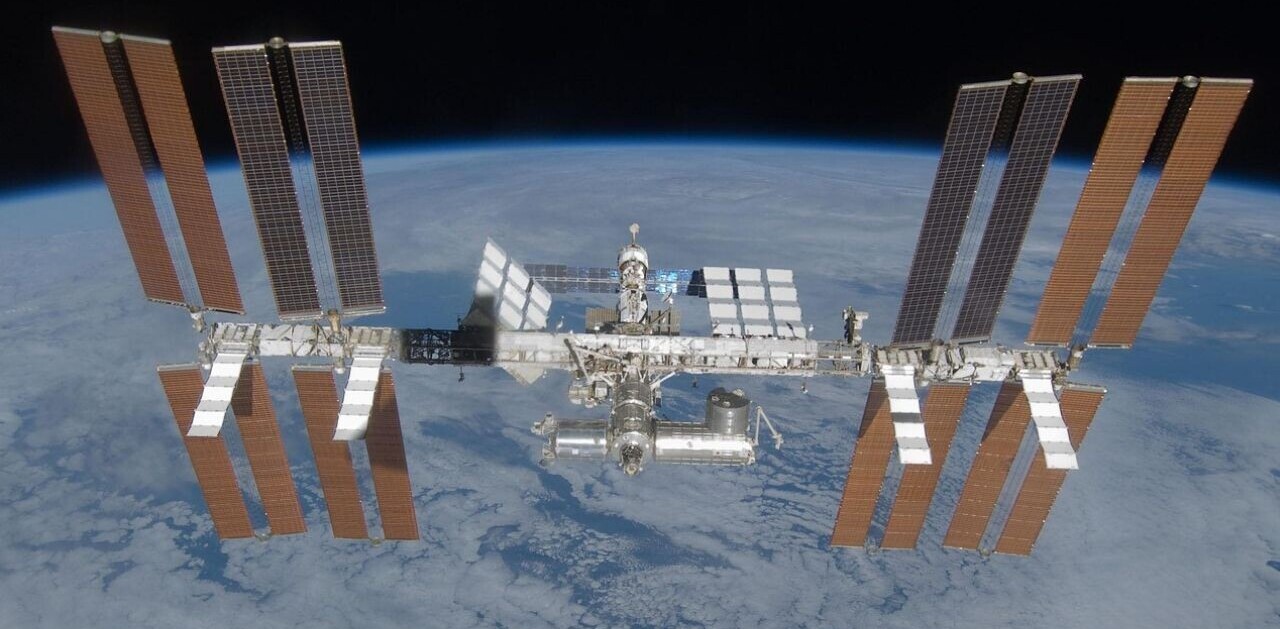
The European Space Agency (ESA) has embarked on a new mission to explore our closest planetary neighbour Venus in unprecedented detail.
Known as EnVision, the spacecraft will study Venus from the planet’s inner core to its outer atmosphere, to help astronomers understand why the scorching, toxic world is so different from Earth.
Work will begin on the spacecraft and its instruments later this year, following the selection of an industrial contractor. EnVision is set to launch on board an Ariane 6 rocket from Europe’s spaceport in French Guiana in 2031.
“EnVision will answer longstanding open questions about Venus, arguably the least understood of the Solar System’s terrestrial planets,” explained project leader Thomas Voirin.
Venus — often called “Earth’s twin” — is a veritable hellhole. Home to thick clouds of carbon dioxide, the pressure on Venus is 90 times that found on Earth. This blanket of gas has caused a runaway greenhouse effect, sending temperatures on the planet to a scolding 460°C.
But if that doesn’t sound bad enough, rain on Venus is made up of extremely corrosive sulphuric acid, which would severely burn your skin in a matter of seconds.
Yet even more bizarrely, there is “snow” on Venus. Not the type that you could have a snowball fight with; this stuff is made up of the basalt frost remnants of metals vaporised by the planet’s atmosphere.
Venus is similar in size and distance from the Sun to the Earth, so exactly why its climate is so inhospitable has puzzled astronomers for decades.
Scientists hope EnVision will help unravel this mystery. The expedition looks to reveal how Venus has evolved over time, if it ever had oceans, how geologically active it is, and why the runaway greenhouse effect began.
“Special to EnVision is the mission’s approach to studying the entire planet as a system. It will investigate Venus’s surface, interior, and atmosphere with unprecedented accuracy, allowing us to understand how they work and interact with each other,” said Anne Grete Straume-Lindner, the mission’s project scientist.
To investigate the planet’s past and present climate, EnVision will carry an extensive set of scientific instruments. A subsurface radar sounder will probe beneath the surface of Venus, while a second radar instrument, VenSAR, will map the surface with a resolution down to 10 metres and determine properties such as surface texture.
What’s more, three different spectrometers will study the make-up of the surface and atmosphere. A radio science experiment will use radio waves to study the planet’s internal structure and properties of the atmosphere.
The mission builds on ESA’s first spacecraft sent to map the planet’s atmosphere, Venus Express, which orbited Venus from 2005 to 2014. This time, though, EnVision will not be alone on its trip.
NASA’s DAVINCI and VERITAS expeditions, which will also examine Venus, are also set to launch within the next decade.
Get the TNW newsletter
Get the most important tech news in your inbox each week.





